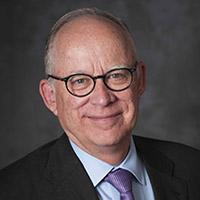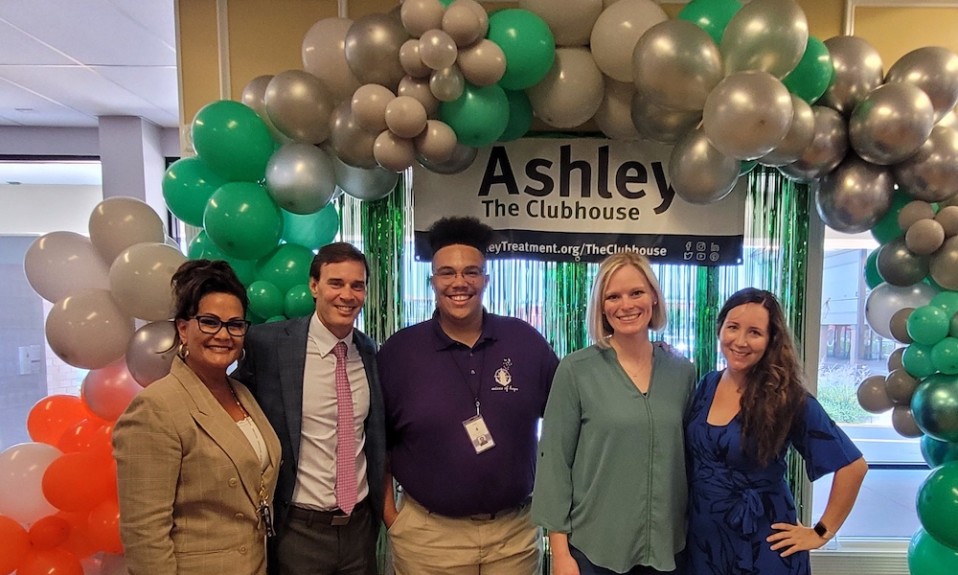The tragedy of George Floyd and devastation of COVID are testing addiction and recovery center leaders, who are responding with resilience in an unprecedented year of societal hardship
By Jennifer Taylor
Just over a year ago, the first case of COVID-19 was diagnosed in the United States when a man in Washington state became ill after returning from Wuhan, China. It would be weeks before addiction treatment centers across the country would begin a mass scramble for protocols and personal protective equipment (PPE) to safely serve patients while protecting their staffs.
Four months later, on May 25, George Floyd, a 46-year-old Black man from Minneapolis, Minn., was killed by police during an arrest. His death triggered worldwide protests against police brutality, systemic racism and a lack of police accountability.
The tragedy of Floyd spotlighted the racial divide in access to healthcare, addiction treatment centers included. Treatment center leaders knew they had to respond, but in a time span that hadn’t given the field an opportunity to rebound from the ongoing external trauma of COVID-19.
For treatment center leaders, the past 12 months of compounding societal traumas have been unprecedented. Even more so, they’ve been eye opening. Ultimately, the events have revealed what treatment center leaders already knew about the field: It is resilient.
Treatment and the Death of George Floyd
In the wake of the deaths of Floyd and other Blacks, including Ahmaud Arbery and Breonna Taylor, the National Association of Addiction Treatment Providers (NAATP), a professional addiction treatment membership and advocacy society, took a stand. Last June, it released a statement speaking out against “structural inequality, racism and injustices that continue to pervade our society and institutions.”
In the statement, NAATP CEO Marvin Ventrell, J.D., said those events “must not only reawaken us and demand our actions as citizens, they also hold implications for our work in the addiction treatment profession that must be examined.” He went on to amplify the hard work by treatment centers during the pandemic and called for the field to respond again, this time for disparities in healthcare delivery.
“We are resilient because we know the fear and hopelessness of addiction can be replaced with courage and hope. Now, the pain brought on by the pandemic has been compounded by violent injustice, coupled with political attempts to justify it and demonize those who stand up against it,” Ventrell wrote.
In August the NAATP assembled its first meeting of its Advisory Committee on Diversity, Equity and Inclusivity to discuss the impact of systemic racism and other forms of discrimination on addiction treatment and recovery.
Now, the pain brought on by the pandemic has been compounded by violent injustice, coupled with political attempts to justify it and demonize those who stand up against it.”—Marvin Ventrell, CEO, National Association of Addiction Treatment Providers

Back in Minnesota, that call to action was already in the works at the Minneapolis-based Hazelden Betty Ford Foundation, a leading nonprofit addiction and mental health treatment provider in the country. Outlined in the nonprofit’s 2020 strategic plan was a Diversity, Equity and Inclusion committee within the organization as part of the first goal of its “people pillar,” according to Hazelden President and CEO Mark G. Mishek. So when Floyd was killed and as the outcry from the community and around the world crescendoed, Mishek took a stand.
“We have a number of campuses here where the event occurred. So it was dramatic. It was dramatic everywhere, but particularly here because it was so real here in the Twin Cities,” said Mishek, who lives eight miles from where Floyd was killed. “We needed to make a statement to the organization that Black lives do matter, that George Floyd’s murder—we use the word ‘murder,’ not ‘death,’ but ‘murder’—was something that was a reckoning for the organization.”
While Hazelden’s Diversity, Equity and Inclusion committee was already active in its work, it continues with ongoing dialogues with the board of trustees involving education, language and how to hold management accountable in addressing racial inequity, according to Mishek.

Across the country, Maryland-based Ashley Addiction treatment center also responded first with a statement and then a plan. “We wanted to acknowledge the staff and understand that each of them are likely impacted in some way and make some commitment as an organization as to what we were going to do just so we can be part of the solution,” said co-CEO Alex Denstman, MBA. “I think one of the favorite outcomes of that has been starting a racial equity committee. We discuss racial equity within our care environment, among our staff, and we’ve been meeting biweekly. It’s been an eye-opener for us.”
COVID’s Impact on the Business of Treatment
The NAATP knew early that the pandemic would impact providers everywhere. And so, in the early fall of 2020, the organization surveyed its membership to gauge what was happening and how the trade group could collectively guide treatment centers. With 165 respondents, the data revealed a field hit hard.
Here what the NAATP learned: Since February 2020, 66% of providers in the survey reported a decrease in revenue with 16% reporting losing more than 75% of revenue compared with the previous year. While nearly 60% of surveyed providers reported receiving funds through the federally funded Paycheck Protection Program with most loans forgivable, most providers reported facing an 18% budget shortfall, according to a similar report from the National Council for Behavioral Health.
Even Hazelden Betty Ford Foundation, one of the most established treatment centers, couldn’t escape the economic hit.
“Where we got hit, like everybody else, was on the residential side,” said Mishek, noting an immediate reduction in admissions by about 25%. “When you look at the chart, it is just like falling off a cliff. And we’ve been building back ever since.”
Most organizations, about 81%, reported unforeseen expenses because of the health crisis with the most common being PPE, technology, cleaning supplies, and hazard and overtime pay. All while nearly half of the respondents reported a decrease in patient capacity and most showed a decrease in admissions.
“Last March, like everyone, we had to respond,” said Ashley Addiction’s Denstman. “We couldn’t have predicted that at this time this year we would still be experiencing it to the extent we are, but we reduced the occupancy just to create a smaller, more manageable-sized community. It was never in our minds not to remain operational and available for folks at that time.”
To offset the impact of the pandemic, most treatment centers surveyed deployed telehealth services, with 80% offering some level of virtual services. Many CEOs described patient video conferencing as essential through the pandemic, and 77% of providers in the survey plan to continue offering those services after the crisis subsides.
“When you look at the chart, it is just like falling off a cliff. And we’ve been building back ever since.”—Mark Mishek, president and CEO, Hazelden Betty Ford Foundation
In fortuitous timing, Hazelden had positioned itself for telehealth services just prior to the pandemic. The nonprofit already had invested in technology, run a couple pilot programs, and started initial conversations with payers. “We had no idea it was going to be the way that it was when the pandemic hit…early March of 2020,” Mishek said. “We were able to, in the space of 10 days, pivot all of our outpatient services at every level to virtual services. That was between 1,400 to 1,500 patients. That part of it was positive and good and a surprise to us.”
As the pandemic raged on, leaders in the field recognized the impact it was having on their staff. Around 20% of providers surveyed reported either laying off or furloughing some of their staff, leaving facilities with fewer resources amid a time of greater need. More concerning was that nearly 50% of providers reported their staff showing signs of burnout and compassion fatigue.

At Ashley Addiction, the staff remained intact with leadership avoiding layoffs, according to co-CEO Gregory Hobelmann, MD, MPH. “The staff has been huge for us. They have really stepped up. People have worked hard, despite the challenges in their own lives,” Hobelmann said.
“Our goal is to make sure we’re taking care of our staff as best we can. Early on in this, we had this mindset of, ‘We’re going to try to make people as comfortable with this uncomfortable situation as possible.’”
The compounding of both societal traumas in the past year could have been a tipping point, but according to Annie Peters, Ph.D., LP, director of research and education for the NAATP, the events pushed the field to do what it does best. “We are trying to support the leaders who are trying to support the staff,” Peters said. “Crisis is what treatment programs live in every day.”
Photo: Loic Leray














